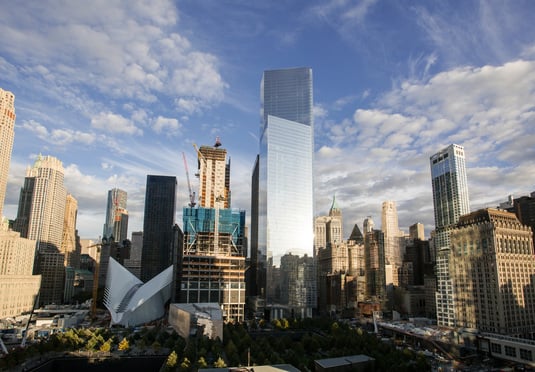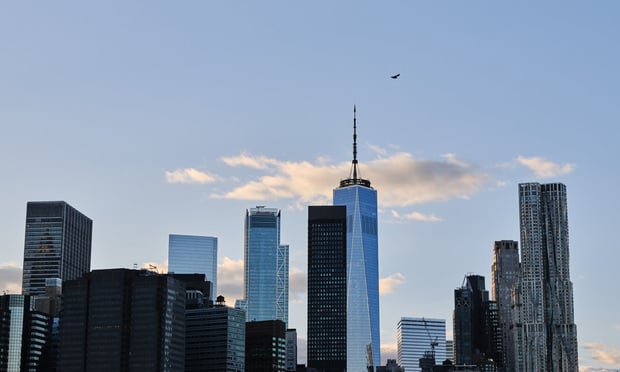The New York City economy is on a roll. Since October 2009 employment in the City has increased by more than 750,000 jobs, by far the most jobs created in any expansion since World War II. Almost every sector of the economy has added jobs during this expansion. Employment in office-using industries – the sum of financial services, professional and business services and information – has increased by more than 260,000 jobs and now stands at a record high. And the employment base in the city has become more diverse during this expansion as many of the jobs that have been created are in the technology and creative industries that fall under the acronym TAMI (Technology, Advertising, Media and Information). TAMI employment today is 75,000 jobs, or 27% higher than it was at the end of 2009.
With this kind of extraordinary employment growth one might have expected that the Manhattan office market would be tight and rents would be surging higher. The last time we saw rapid job growth similar to the current expansion was in the second half of the 1990s when office using employment also increased by slightly more than 260,000 jobs. In 2000, at the end of that cycle the Manhattan vacancy rate was 3.5%, as tight as it has ever been and asking rents were rising more than 30%. Today it is 9.0% and rents are essentially flat. What has changed between 2000 and today to account for this very different performance? Two things: how space is occupied (i.e. density) and how much space we have (i.e. new construction).
Density. Over the past 20 years there has been a trend toward using space more efficiently by increasing the number of people in a given envelope of space. The trend which we all feel is anecdotally accurate is difficult to demonstrate statistically for many reasons, but if we just look at a couple of big picture statistics we can get a sense of what has happened over the past 17 years. At the end of 2000, there were 1.295 million people employed in office using industries and the amount of occupied space in Manhattan was 377.8 million square feet (msf). Contrast that with the end of 2017 when there were 1.42 million folks in office-using jobs, or roughly 120,000 more than in 2000. But occupancy today is 363.6 msf, or 14 million fewer square feet.
Construction. Manhattan is experiencing a much needed building boom that will see approximately 22 msf added to inventory over between 2017 and the end of 2022. That's the largest influx of new construction over a five year period since 1986-91. The developments in Midtown, at Hudson Yards and Downtown at the World Trade Center are attracting tenants seeking new open space with higher ceiling heights and column free interiors. As tenants, most of whom are currently located in Midtown, are taking space in the new buildings, they will leave behind a large amount of space that needs to be filled.
That, in three trends is what drives the office market in Midtown Manhattan. There are more jobs, but because of densification each job absorbs less space than it used to. Add on to this a wave of new construction and there is plenty of space in the market today and likely for the next several years. The new space can be filled as long as the local economy continues to add jobs and that is what we expect will happen. But it is likely that these trends will leave both rents and vacancies in Midtown flat over the next several years.
The views expressed here are those of the author and not ALM Real Estate Media.
© 2024 ALM Global, LLC, All Rights Reserved. Request academic re-use from www.copyright.com. All other uses, submit a request to [email protected]. For more information visit Asset & Logo Licensing.









